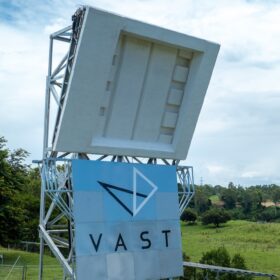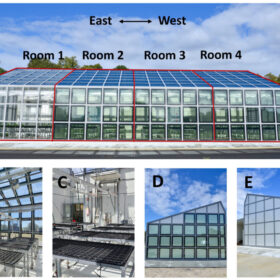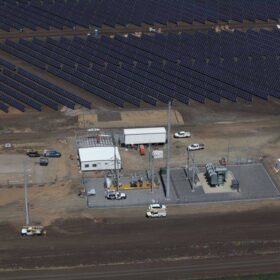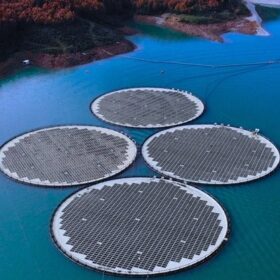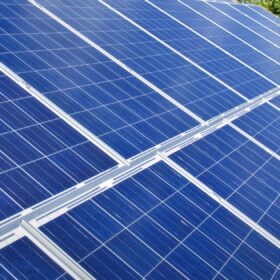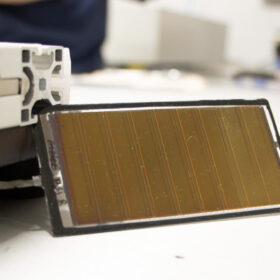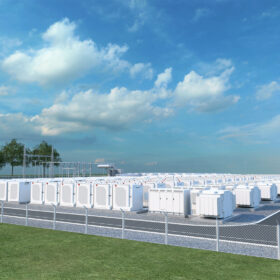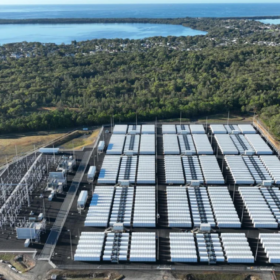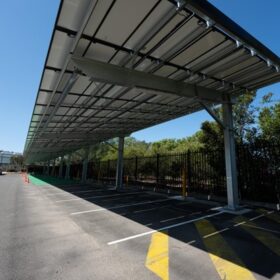Solar thermal developer ticks off final technology milestone
Vast Renewables has successfully completed large-scale testing of a concentrated solar thermal power receiver tower destined to be deployed as part of a 30 MW / 288 MWh solar and energy storage project planned for South Australia.
ARENA roadmap shines light on vehicle-to-grid charging potential
A roadmap for bidirectional electric vehicle charging in Australia, released by ARENA in partnership with RACE for 2030, is set to play a key role in guiding policy and initiatives for the widespread commercialisation of vehicle-to-grid technologies.
PV windows reduce energy consumption in greenhouses by 57%
Developed by a research team including experts from West Australia-based specialist Clearvue, the new PV windows were also able to reduce water usage in a greenhouse by 29%. The group believes that a fully glazed solar greenhouse could offset up to 100% of the energy consumption in worldwide locations by using adaptable and efficient temperature control techniques.
Lighthouse signals battery plans for Emerald Solar Farm
A development application has been lodged with a central Queensland council for a four-hour battery energy storage system to be built alongside the 72 MW Emerald Solar Farm with the plant owner acknowledging the growing demand for firmed renewables.
Swedish startup launches n-type conductive inks for perovskite cells
N-ink, a spinoff of the Linköping University, has developed conductive inks that can be used in the charge extracting layer of organic solar cells and in transport layers of perovskite solar cells.
International partners plan floating solar for Australia
Singapore-headquartered Canopy Power has teamed with Norwegian floating PV specialist Ocean Sun aiming to accelerate the deployment of floating solar technology across Australia’s water bodies.
South Australia leads international rooftop solar cost rankings
A new study of residential solar installation costs reveals South Australia has the lowest costs nationally while even Australia’s most expensive states are about three times cheaper than those in the United States and Canada.
Aiko launches new rooftop solar panel with 24.3% efficiency
Aiko has launched what it claims is the highest-efficiency residential rooftop solar panel available in Australia, a 480 W panel featuring a power conversion efficiency of 24.3%.
Canadian miner acquires European arm of Halocell
Canadian silica mining company Homerun Resources has acquired Halocell Europe, a subsidiary of Australian perovskite solar cell manufacturer Halocell Energy, for the commercialisation of perovskite solar.
Breakthrough research boosts Li-ion battery stability, efficiency and density
South Korean scientists have developed a breakthrough lithium-ion battery technology by modifying the LNMO cathodes that enhances stability and efficiency, boosts battery lifespan, and energy density of Li-ion batteries.
